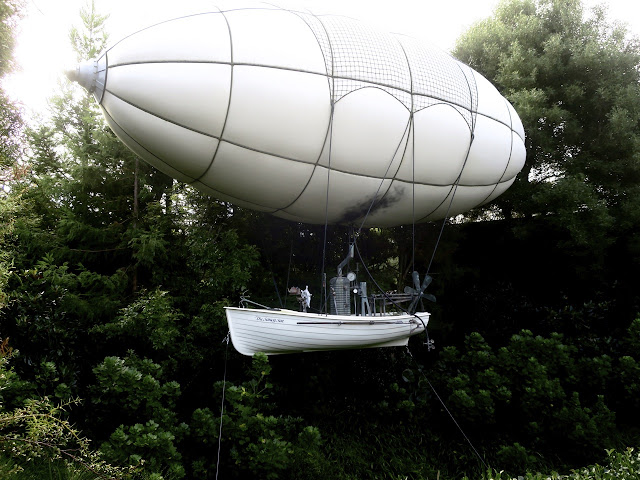A Change of location.
Today Roadside Ikebana comes to you from Aotearoa New Zealand. This weekend we visited the Auckland War Memorial Museum in the Auckland Domain parkland.
The first major exhibition space documents and celebrates the progressive migration of Polynesian peoples from south east Asia across the western Pacific Ocean starting 3,000 - 1,000 BCE and finally coming to New Zealand 800 years ago. This large interior which has been installed in the Museum, is a Wharenui the large meeting house of a Marea, a fenced-in complex of carved buildings and grounds.

The traditional patterning on these roof beams features predominantly flowing recursive lines. The richness of the symbolic carving and painted decoration creates a powerful atmosphere of the Maori community life.
Both Laurie and I, separately, had spent time in our early working lives in Papua New Guinea and, as a consequence, have strong feelings of respect for the cultures of the South Pacific.
Elsewhere, in the Auckland Art Gallery...
...my attention was caught by this lovely, somewhat surrealistic sculpture. A tree is "growing" through a wall above which hangs a wire. Small birds sit on the wire and branches of the tree. All made from steel. The title of the sculpture, by New Zealand artist Shona Rapira-Davies is: There Are No Bees In My Garden.
Speaking of gardens and surrealism, thank you to the person who recommended the Hamilton gardens, where we went this afternoon.
The entrance to the Surrealist Garden looks like this, and it is quite disturbing to walk across these tiles.
Don't you feel overwhelmed after a day digging in the garden when things get all out of proportion?
Poor Laurie!
Shades of "Through the Looking Glass"...
...everywhere.
I was very taken with this pastiche of an Ancient Egyptian garden. References to Akhenaten and Tutankhamun are to be found in the relief sculptures and garden furniture.
In the Garden at Torquay...
... the Golden Rod Solidago altissima has opened further and I was able to use it in the ikebana I created for the Ikebana International Melbourne Chapter meeting last Tuesday.
The theme of the meeting was "Celebrating Imperfection", inspired by the presentation of the guest speakers Mr and Mrs Murooka. They are practitioners of the Japanese art of Kintsugi; that is, the art of repairing damaged ceramic objects with lacquer coloured with gold powder. My ikebana included the 'imperfection' caused by the cold air that damages green leaves and changes their colour to autumn tonings as they slowly die (although others of us might call it beauty). In this case ornamental grapevine and Nandina domestica leaves.
The tall Japanese ceramic vase has a Tenmoku glaze, and so far is not damaged.
Further images from the meeting can be seen here, Ikebana International Melbourne Chapter.
Greetings from Christopher
19th March 2023
































